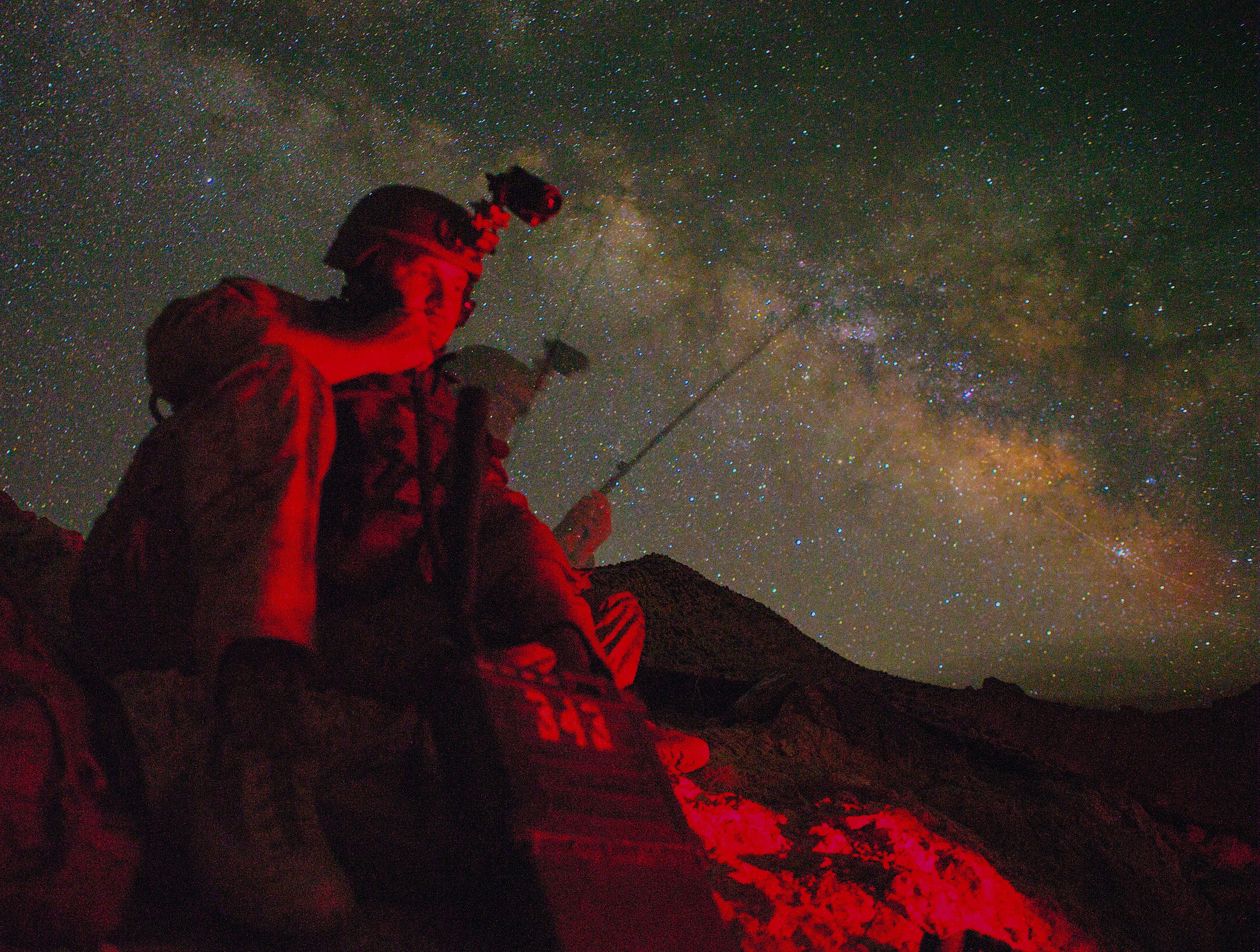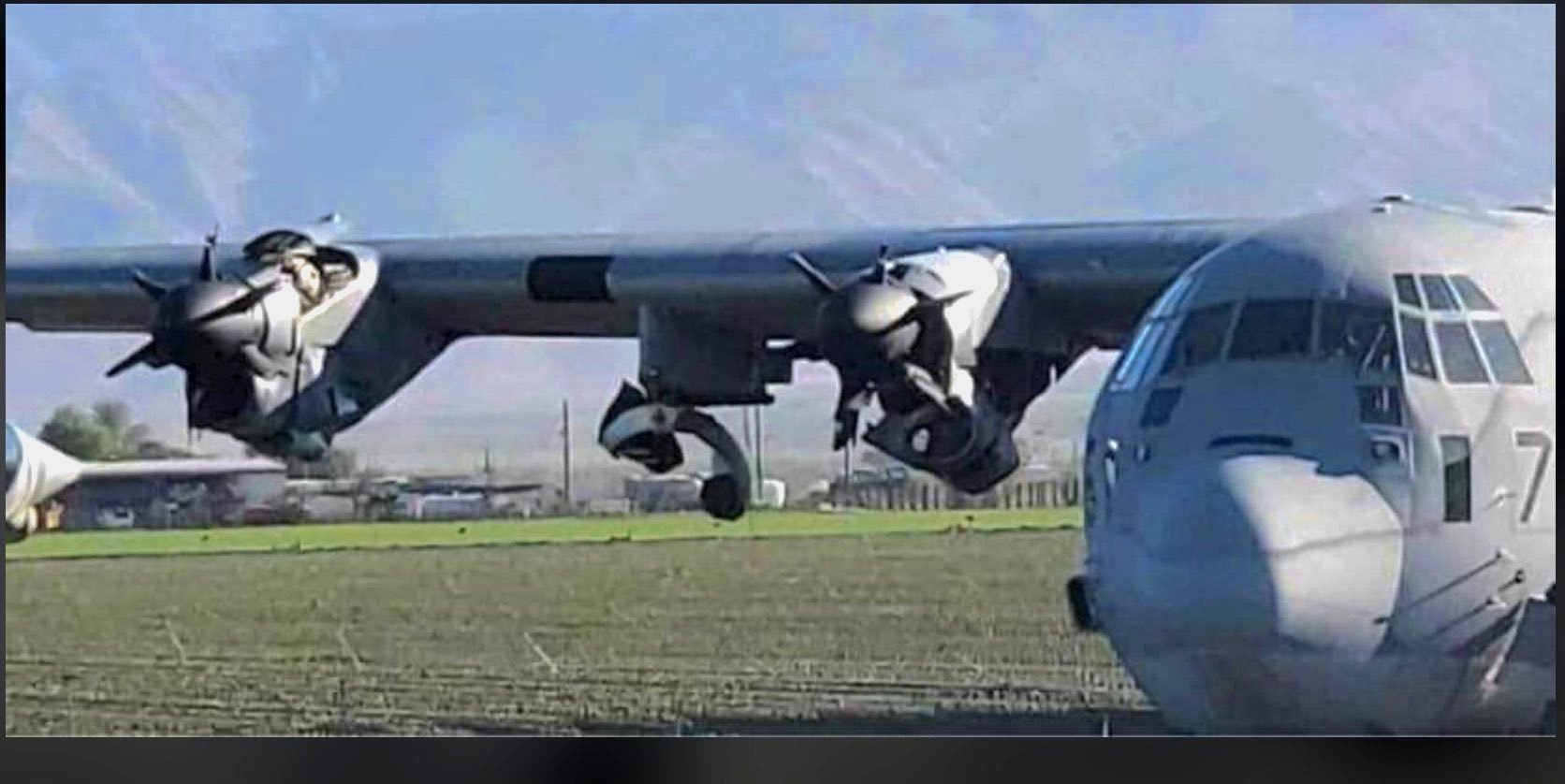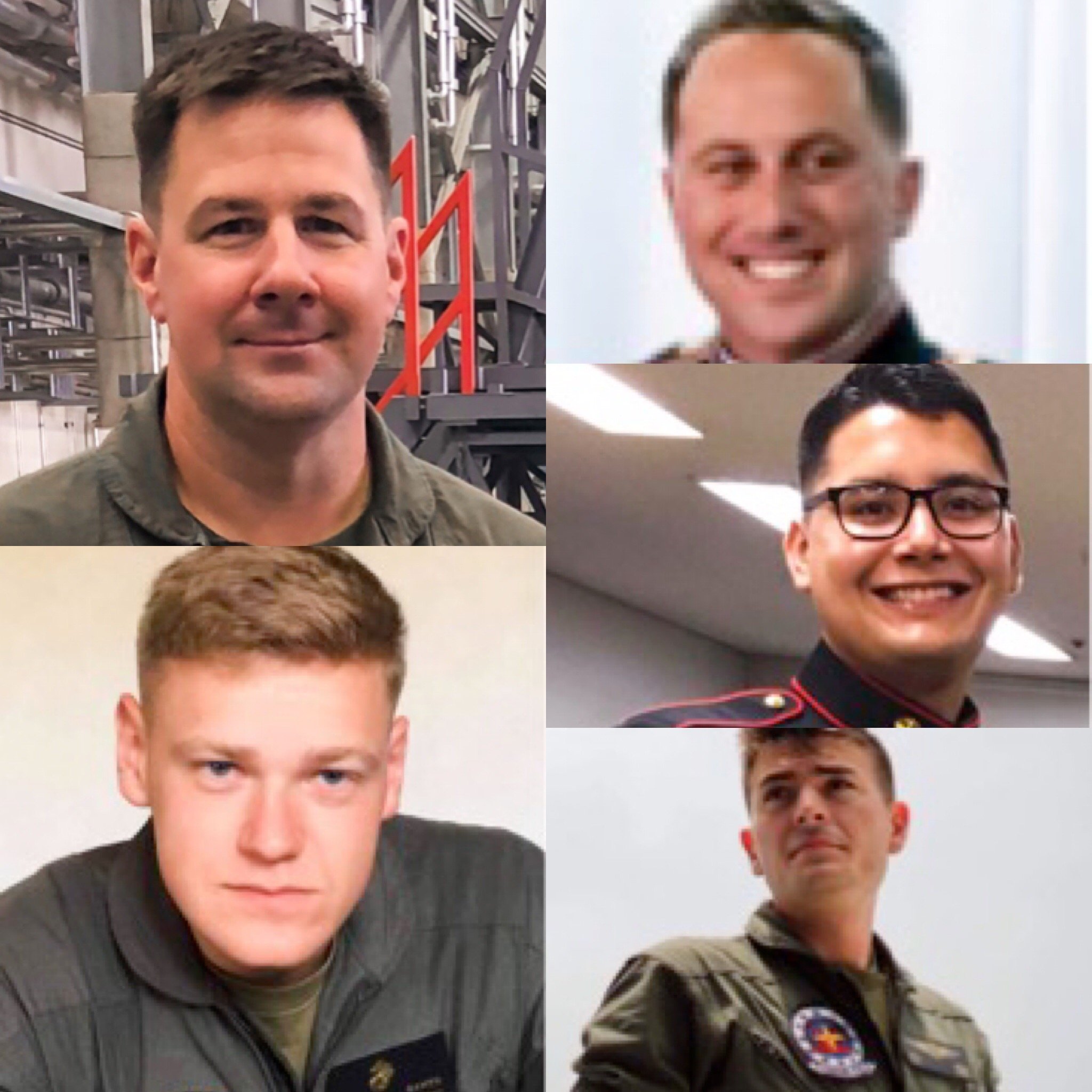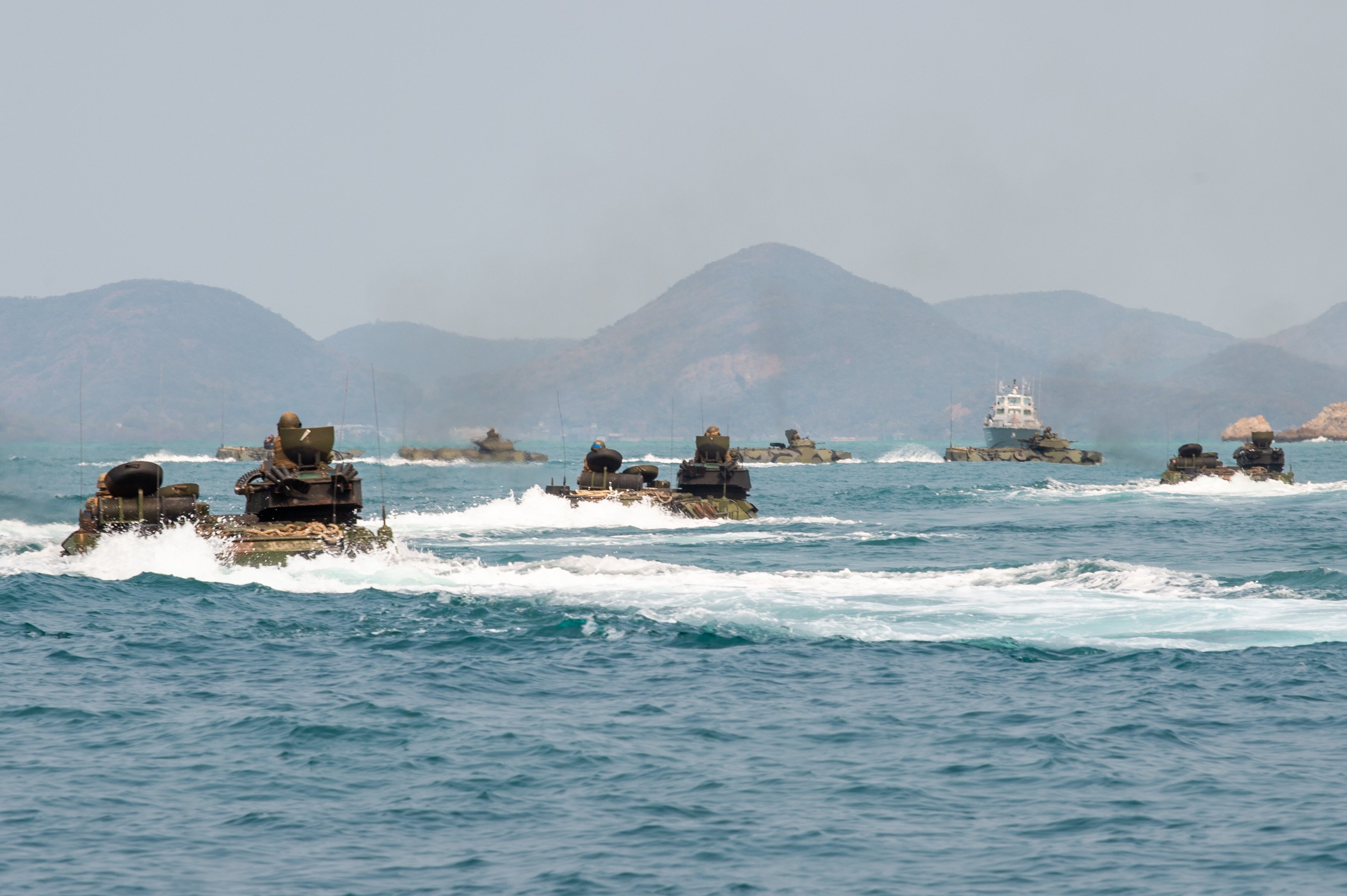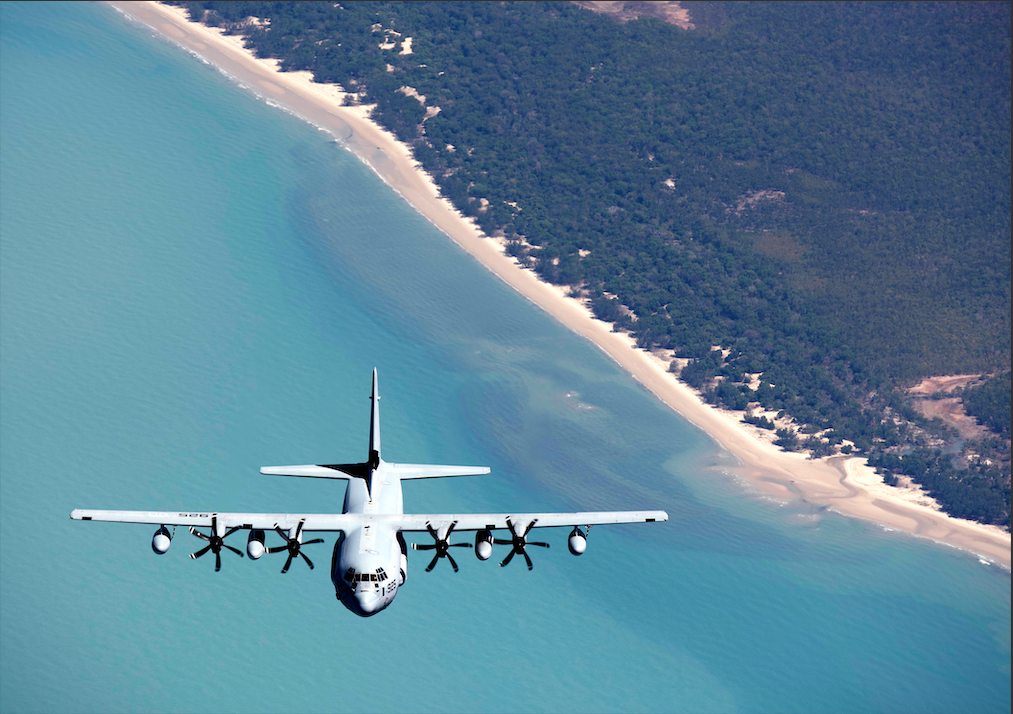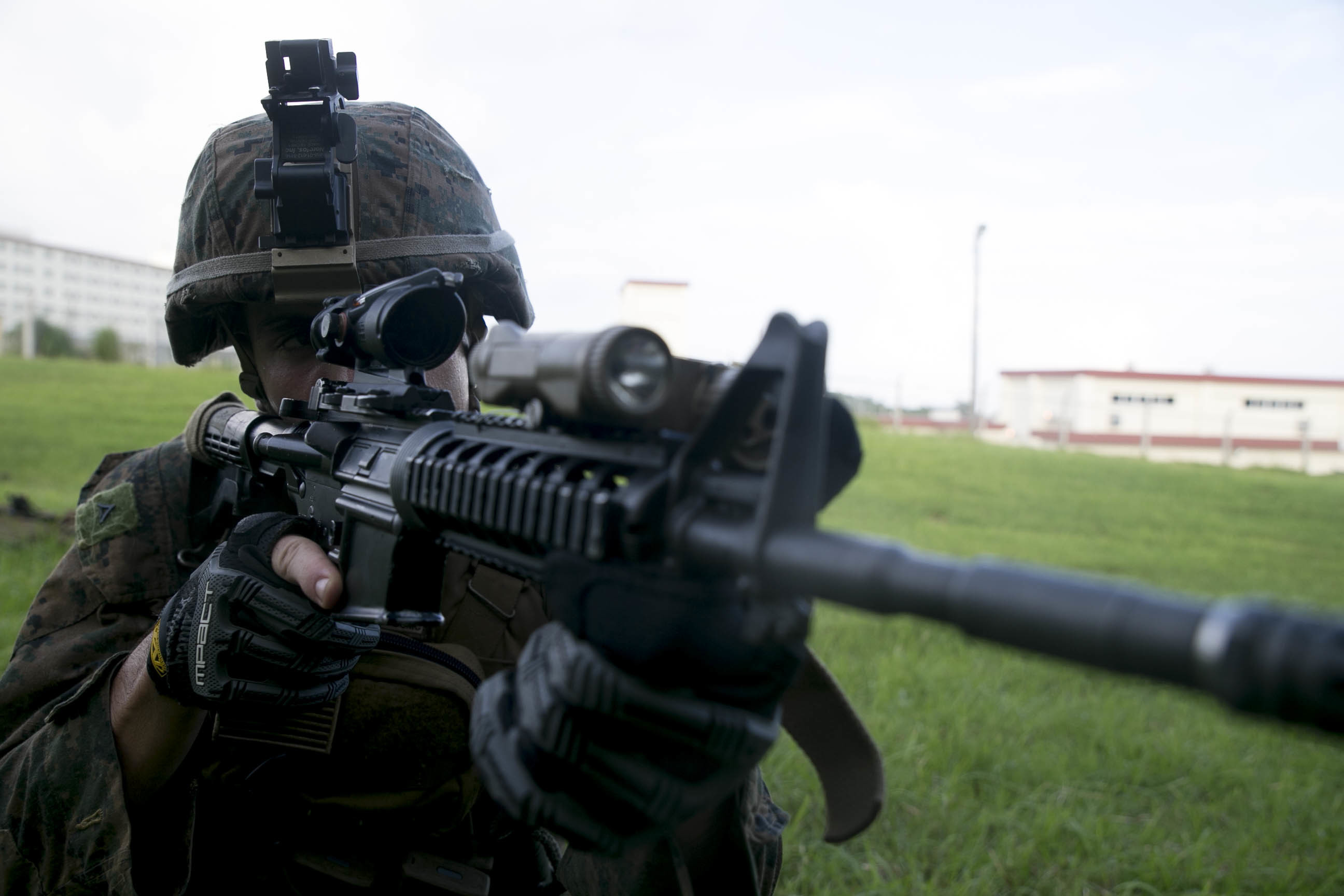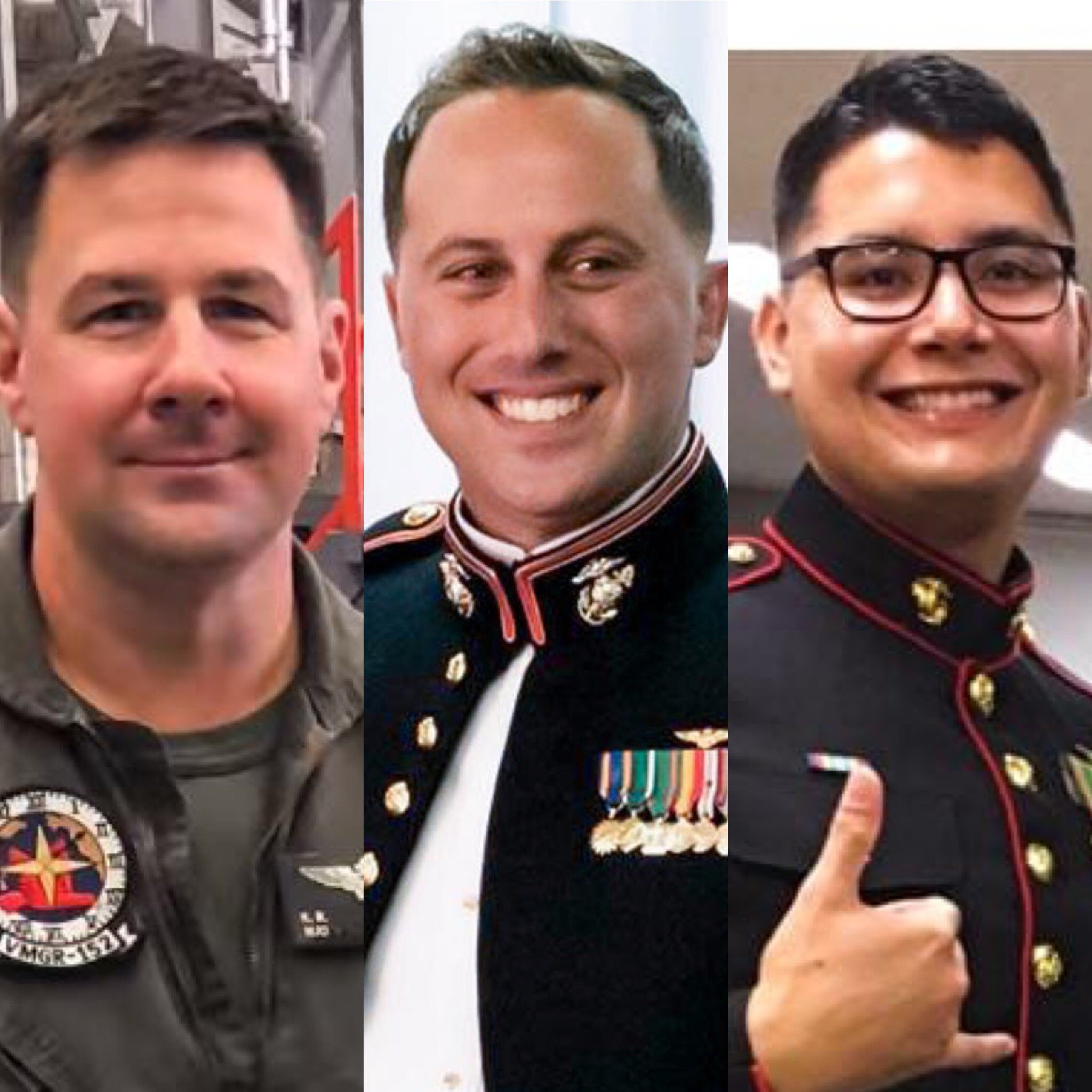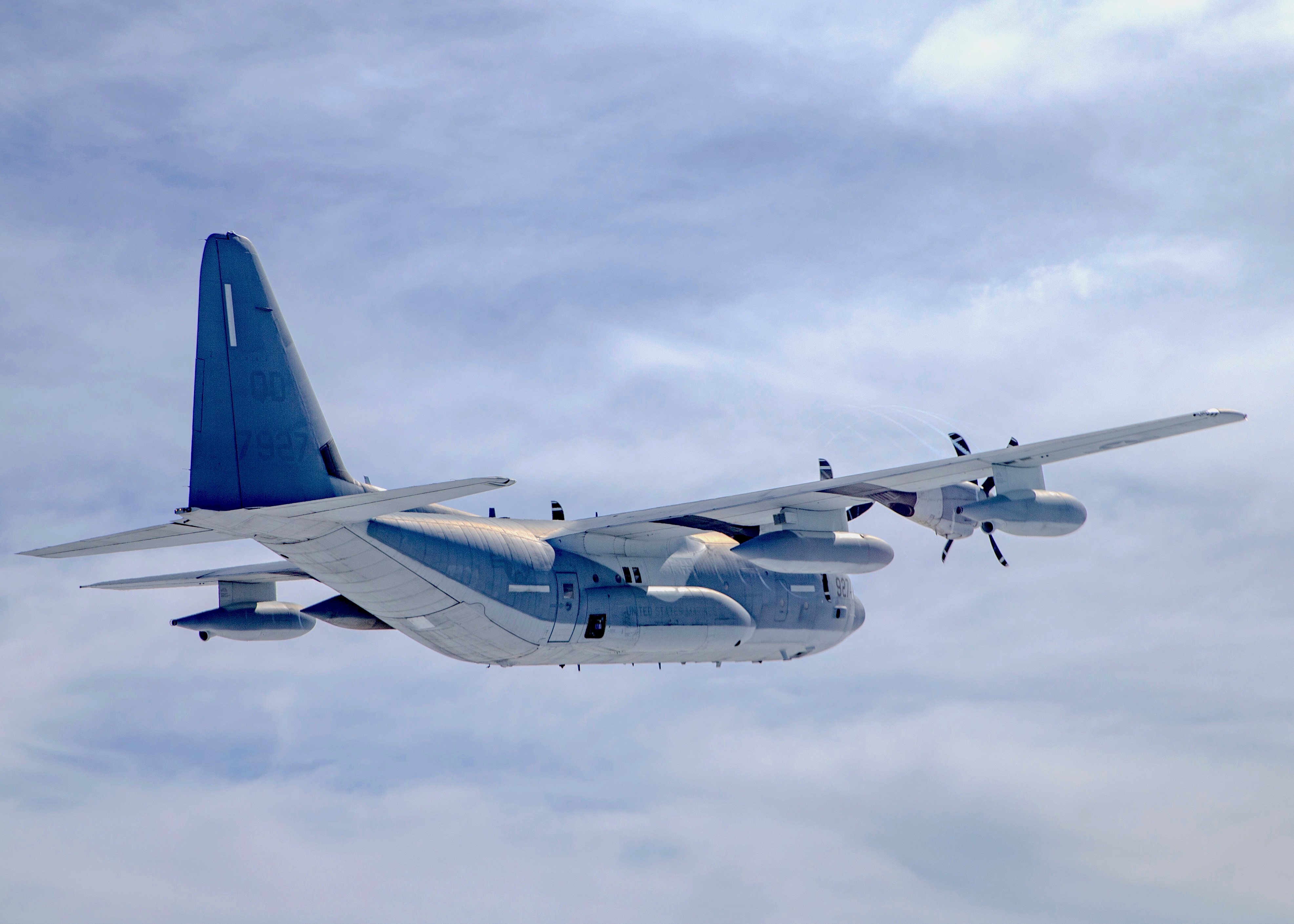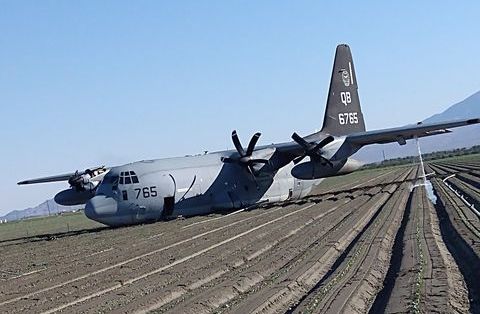
‘We’re leaking fuel and we might be on fire’ How a Pair of KC-130J Pilots, Crew Saved Their Plane After a Collision with an F-35
SAN DIEGO, Calif. – The first F-35B Lightning II pulled up to the KC-130J Super Hercules aerial tanker, took its…

